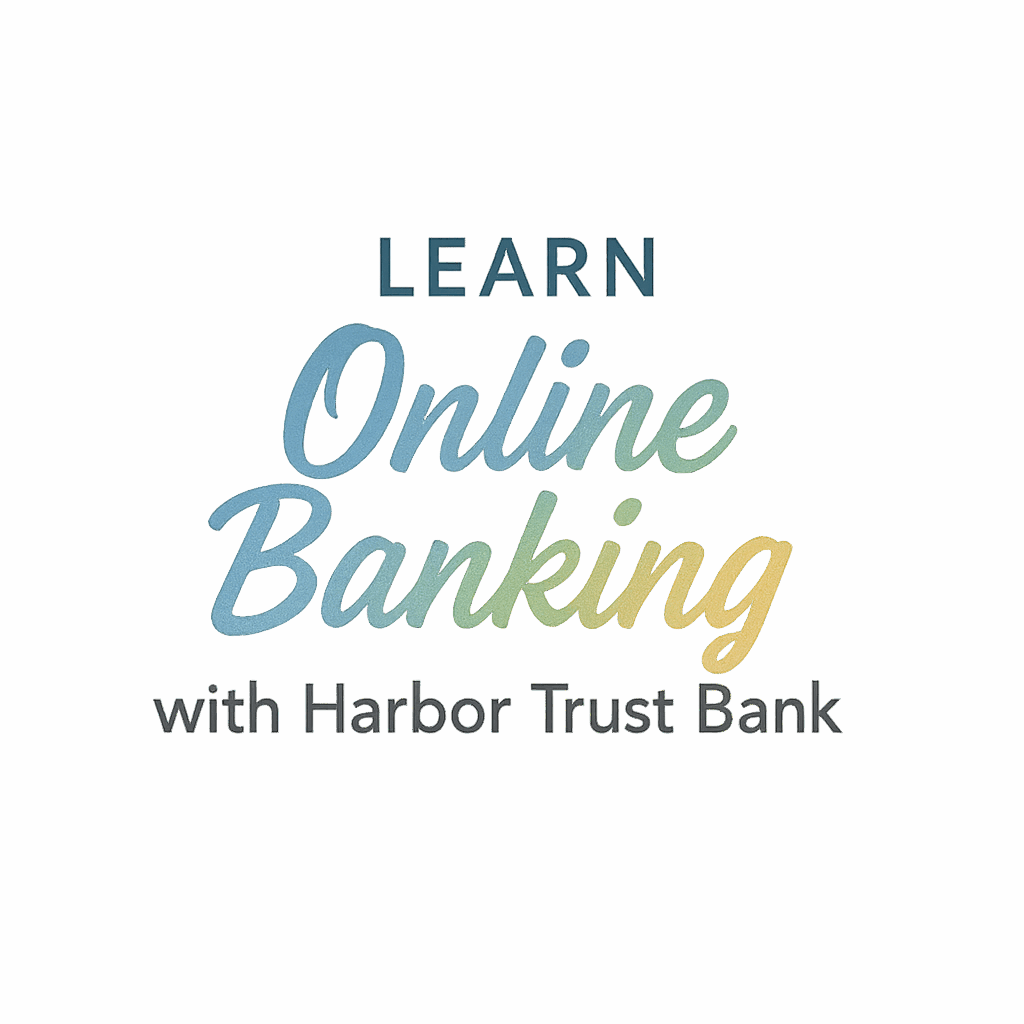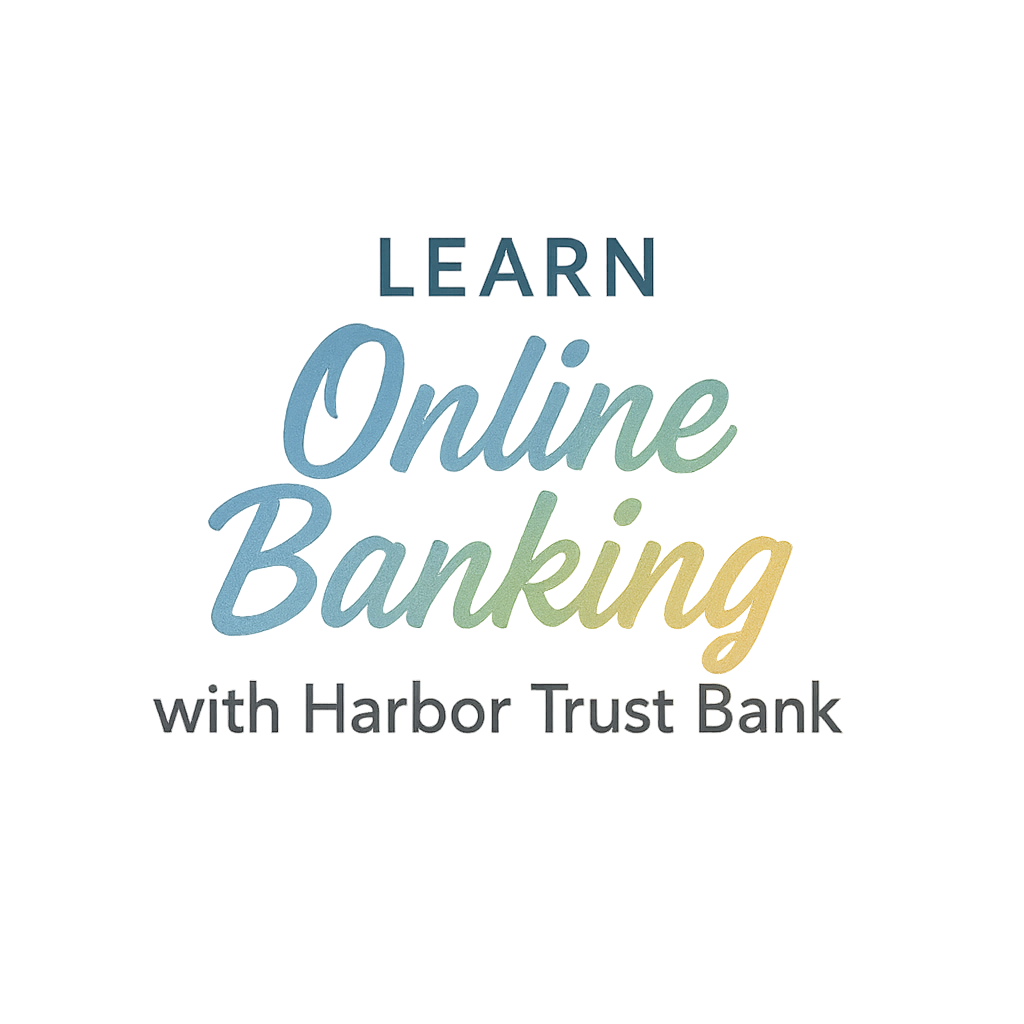Introduction
Ever feel like juggling multiple online bank accounts is like herding cats? You’re not alone. Whether you’ve got a couple of savings accounts, a joint account with your partner, or several business accounts, managing them all efficiently can be a real challenge.
But here’s the good news—managing multiple accounts in online banking doesn’t have to be overwhelming. With a few smart strategies and tools, you can streamline your finances like a pro.
In this article, we’ll break down 6 practical tips to manage multiple accounts in online banking without losing your mind. Let’s make your digital wallet work for you.
Why People Use Multiple Online Bank Accounts
Managing more than one bank account has become the norm, especially with the rise of specialized accounts for savings, budgeting, and family planning. Here’s why:
Personal vs. Business Accounts
Most entrepreneurs or freelancers keep their business funds separate from personal ones to track income, expenses, and taxes. It’s essential for financial clarity and stress-free audits.
✅ Related reading: Getting Started with Online Banking
Savings Goals and Budgeting
Want to save for a vacation, emergency fund, and a new car—all at once? Opening dedicated accounts for each goal helps keep your financial vision focused.
Shared or Family Accounts
Couples and parents often share accounts for joint bills or kid-related expenses. With Harbor Trust’s family-friendly tools, managing shared finances becomes more transparent and secure.
📌 Discover more at Tag: Shared Accounts and Tag: Family
Challenges of Managing Multiple Accounts
While having multiple accounts makes sense, it can also lead to a few headaches if not handled right.
Confusion Over Balances
With cash moving between different accounts, it’s easy to lose track of how much you have where.
Missed Payments and Overdrafts
One missed bill or automatic payment in the wrong account could mean overdraft fees or late charges—ouch!
Security and Privacy Risks
More accounts mean more logins, and that means more potential entry points for hackers. Without proper security habits, your entire financial setup could be at risk.
🔒 Strengthen your knowledge with Harbor Trust’s Security & Privacy tips
Tip #1: Use a Centralized Dashboard
What is a Centralized Dashboard?
Think of it like mission control for your money. A centralized dashboard aggregates your accounts (even from different banks) into one clean interface.
Many online banking platforms like Harbor Trust Bank now offer integrated views for all your Harbor Trust accounts.
Benefits of Consolidated Viewing
- One login, multiple balances
- Track cash flow across accounts
- Easy comparison of spending habits
📘 Check out Advanced Features to see how Harbor Trust makes this effortless.
Tip #2: Automate Transfers and Payments
How to Set Up Automation in Online Banking
Most banks let you schedule recurring payments or automatic transfers between your own accounts. Use this to:
- Pay credit cards from a checking account
- Automatically move money to savings after payday
- Split household expenses
💡 Need help? Visit the Automation Tips section
Avoiding Late Fees and Missed Bills
Set-and-forget automation ensures your bills are always paid—even if you forget. It’s like having a financial assistant who never takes a sick day.
Tip #3: Name and Label Your Accounts Clearly
Personalizing Account Nicknames
Instead of trying to remember that “Savings Account #2” is for your kid’s college fund, why not call it “Emily’s College”?
You can do this within your online dashboard, and it makes decision-making much easier.

How Naming Improves Clarity
When it’s time to move money or check balances, you instantly know what each account is for. No guesswork. No mistakes.
🔖 Discover more Finance Tips from Harbor Trust.
Tip #4: Schedule a Weekly Check-In
Creating a Simple Account Review Habit
Block out 15 minutes every Sunday night to review your accounts:
- Were all transactions expected?
- Are your balances where they should be?
- Any suspicious activity?
Apps and Tools That Help
Harbor Trust Bank’s mobile app offers helpful insights that support a weekly review routine. Plus, you can sync it with budgeting tools like YNAB or Mint.
🛠️ More Tips & Tricks to make online banking smoother.
Tip #5: Set Alerts for Every Account
Types of Alerts You Can Set Up
- Low balance alerts
- Deposit confirmations
- Bill due reminders
- Unusual activity alerts
Set these up per account to catch problems before they become big issues.
Reducing Mental Load with Notifications
Alerts free up brain space. You’ll know what’s happening without logging in 10 times a day.
🔔 Try it now via Harbor Trust’s Alert Features
Tip #6: Prioritize Security Settings for All Accounts
Use Two-Factor Authentication Everywhere
If your bank supports it (and it should), turn on two-factor authentication (2FA) for every account. It adds an extra layer of defense.
Regularly Review Linked Devices and Sessions
Hackers love forgotten sessions. Log into your account settings and kick out any device you don’t recognize.
🔐 Visit the Account Security section to stay protected.
Final Thoughts
Managing multiple accounts in online banking doesn’t have to be stressful. With a little planning and the right tools (like those offered by Harbor Trust Bank), you can take control of your finances, simplify your routines, and safeguard your money all at once.
So don’t let your accounts manage you—use these tips to stay in charge!
Conclusion
Let’s be real: digital banking is amazing—but only when it’s managed properly. If you’ve got several accounts, it’s crucial to stay organized, automated, and secure. By using these 6 tips to manage multiple accounts in online banking, you’re setting yourself up for less stress, fewer mistakes, and way more financial freedom.
Ready to simplify your financial life? Explore all the tools at Harbor Trust Bank and take back control of your banking experience.
FAQs
1. Is it safe to have multiple online bank accounts?
Yes, as long as you use strong passwords, enable two-factor authentication, and monitor activity regularly. Visit Account Security for best practices.
2. What’s the benefit of naming my bank accounts?
Clear names help you quickly identify your goals or purposes—making transfers and tracking much easier.
3. Can I link external accounts to Harbor Trust Bank?
Yes! Harbor Trust supports external account viewing through its advanced features.
4. How do I know if my accounts are compromised?
Unusual activity, unfamiliar devices, or surprise charges are red flags. Visit the Compromised Account Guide to learn what to do.
5. Is there a way to set spending limits on shared accounts?
Yes. Harbor Trust offers parental controls and shared account tools for better control.
6. How often should I check my accounts?
Once a week is ideal for most people. Use alerts and dashboards to stay informed daily without constant logins.
7. Where do I begin if I’m new to online banking?
Start with this guide for beginners or head straight to the Getting Started page.


